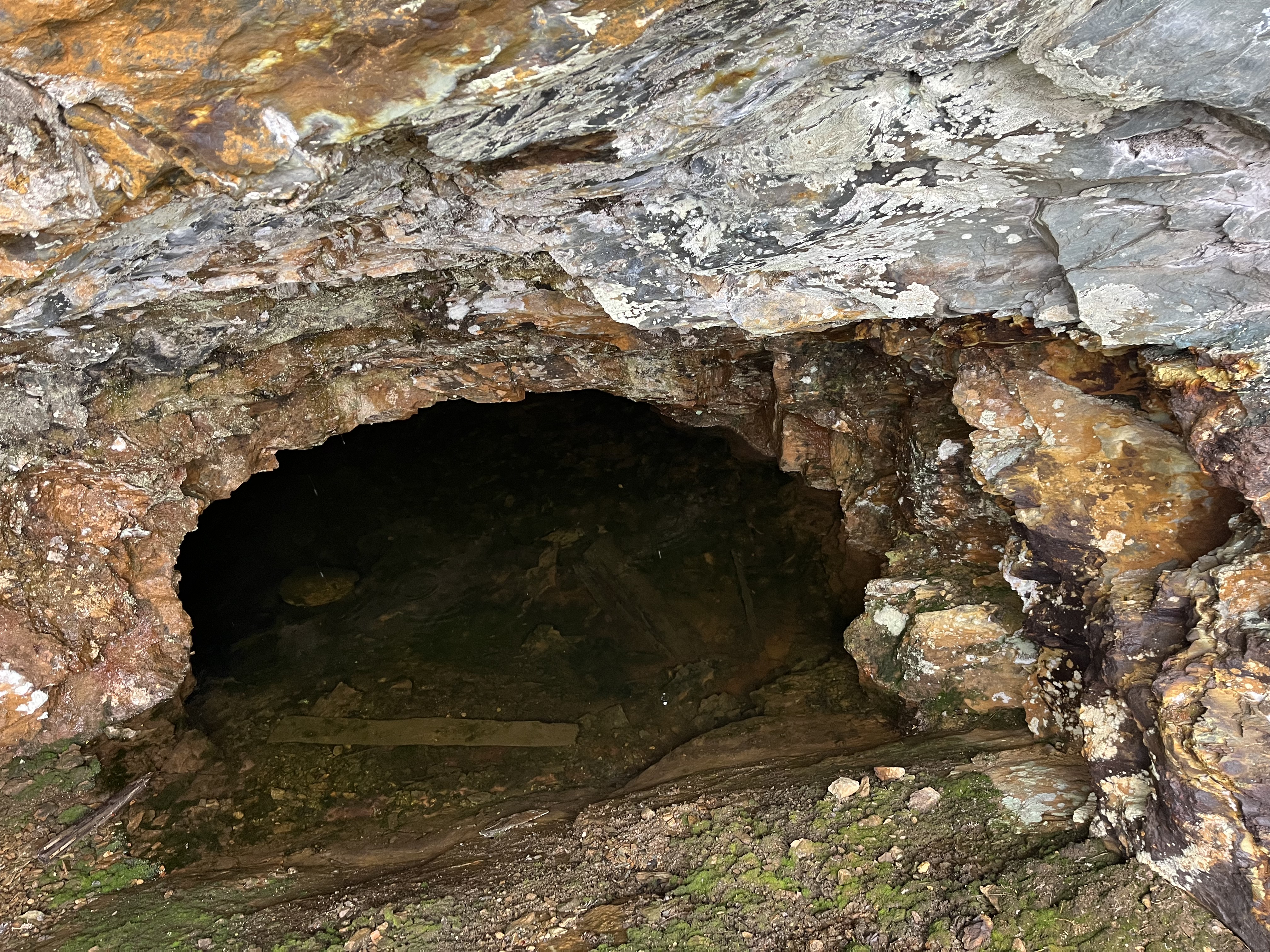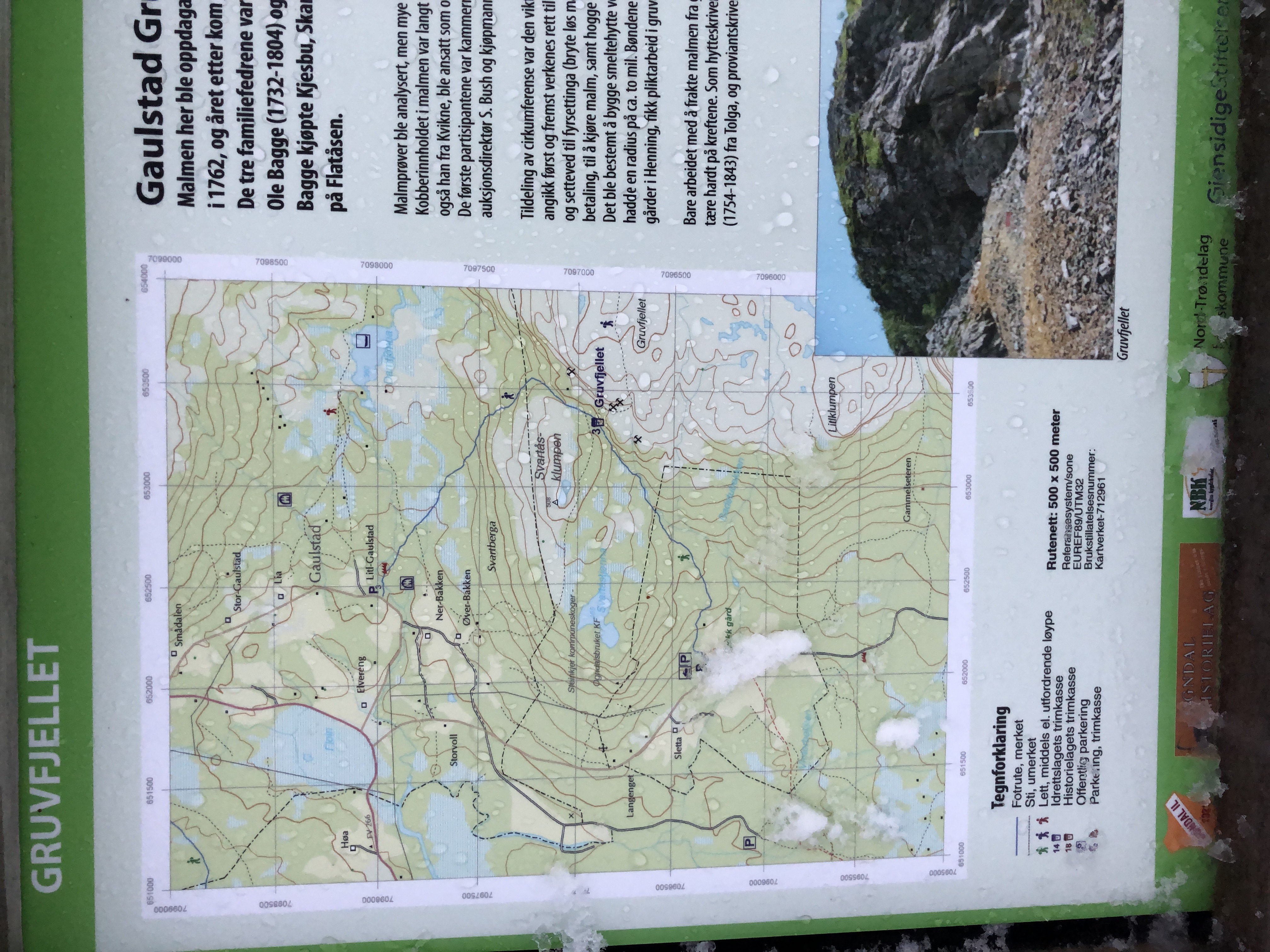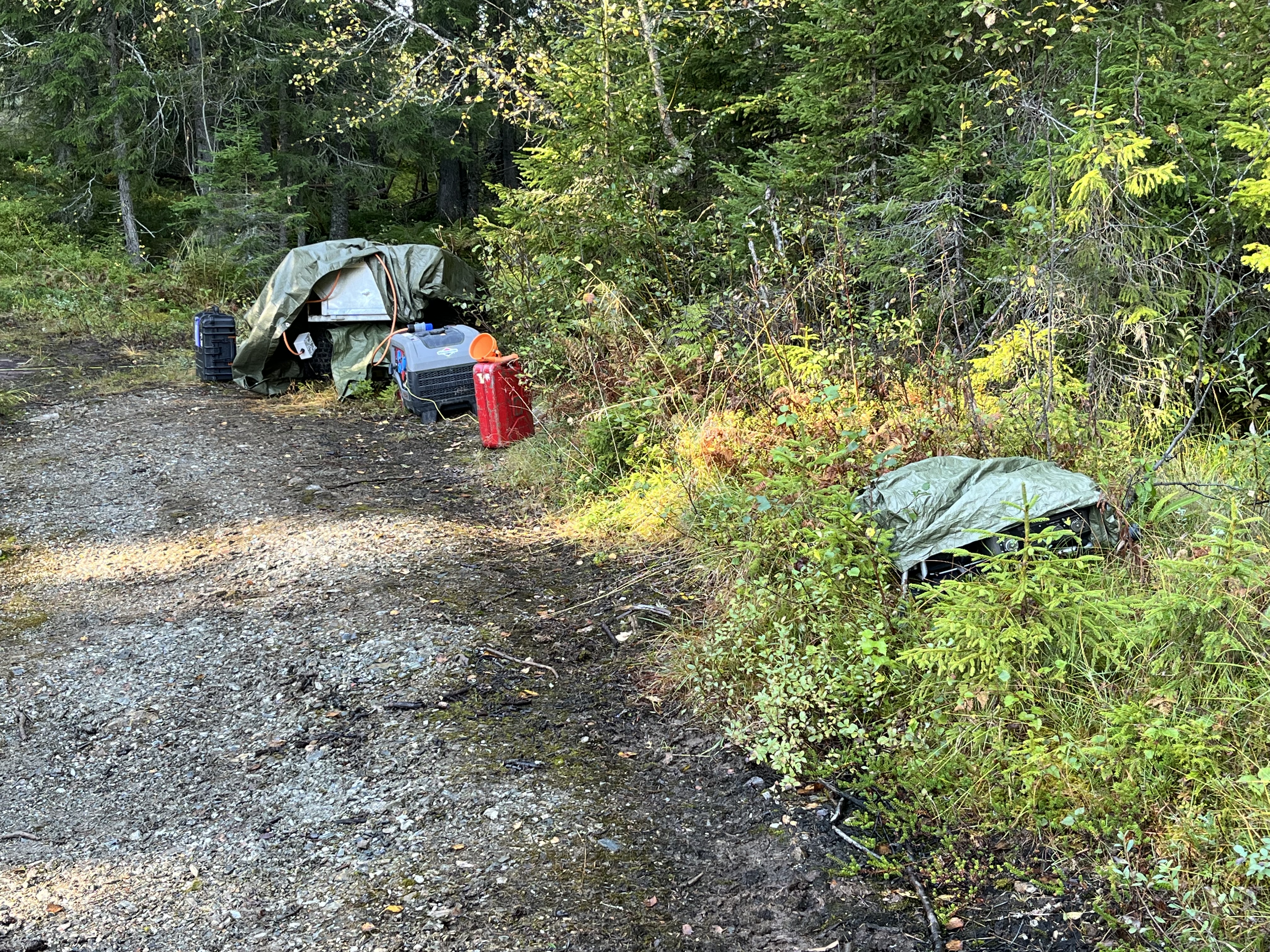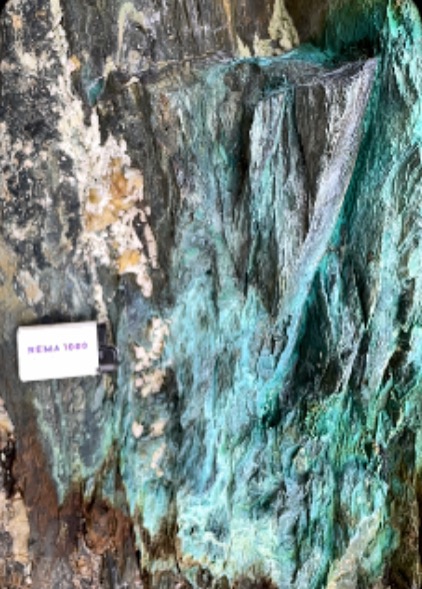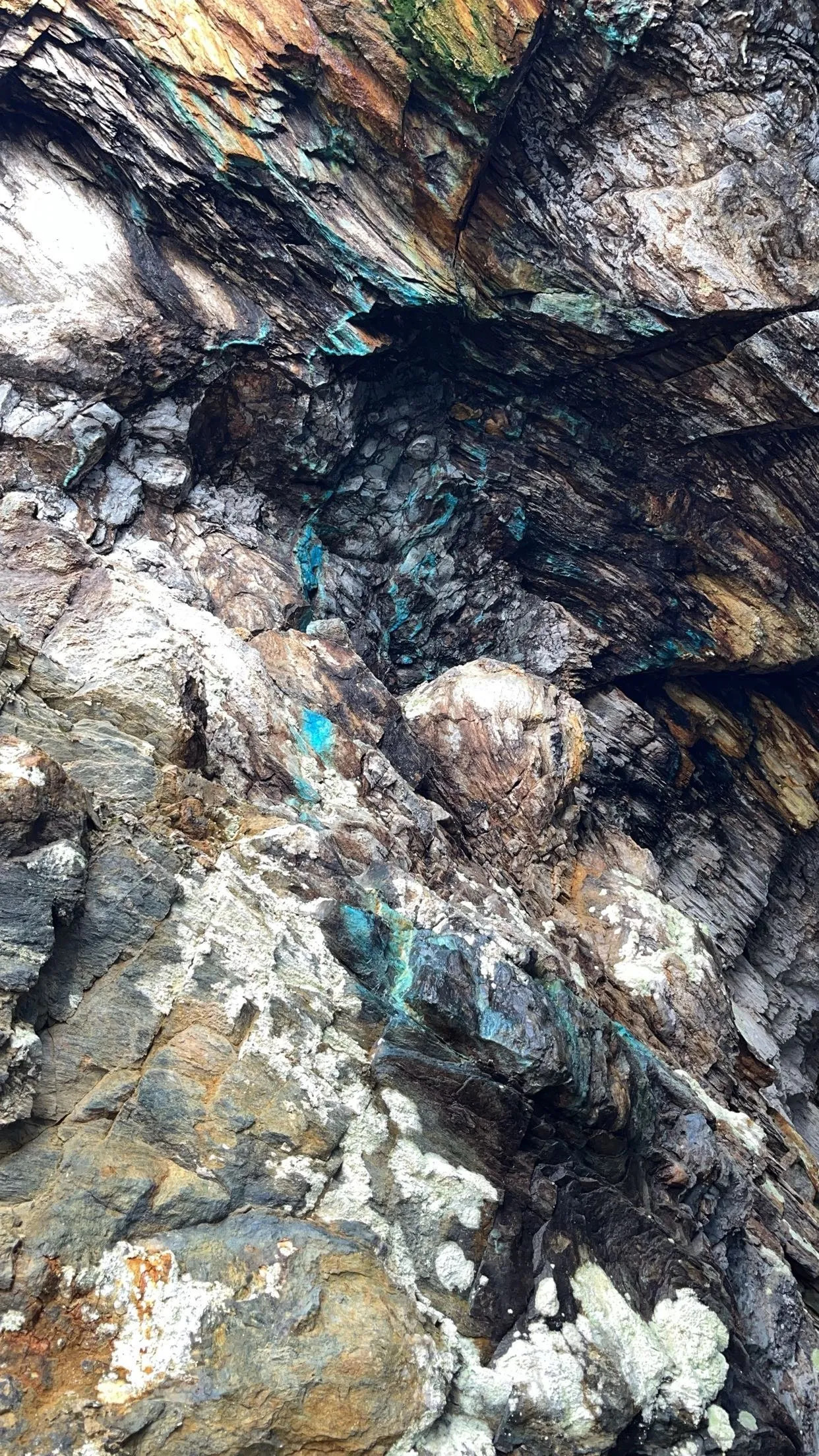
First Discovery
Major copper ore discovered at Gruvfjellet plateau. This marked the beginning of organized mining in the upper Ogndalen area, establishing a tradition that would span over 130 years.
- Copper ore discovery at Gruvfjellet
- Mining infrastructure development begins
- First ore extraction documented
- Historic mining tradition established
